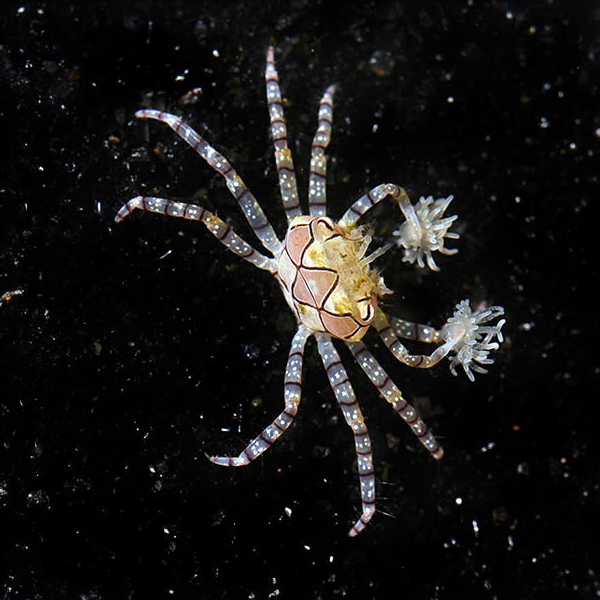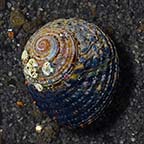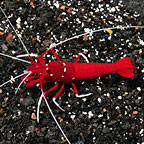
 SAVE up to 20%!
SAVE up to 20%!Additional locales and sizes may be available!
Additional locales and sizes may be available! Email me when availableQuick Stats
What do these Quick Stats mean? Click here for more information
What do these Quick Stats mean? Click here for more information
Overview
The Pom Pom Crab is white to tan in coloration and has darker markings covering the body which serve as camouflage for the crab. This crab carries an anemone in each claw which it uses for defense. Besides defense, the crab will also use the anemones to mop up food off of the rocks and substrate.
The Pom Pom Crab is an interesting addition to an aquarium with its anemones in each hand. It raises these anemones at would be predators and aids in cleaning the aquarium of any left over food and detritus. Caution should be used when adding this crab to a reef aquarium as the anemones could sting sessile invertebrates and corals. The damage that could potentially be caused by these tiny anemones that come on each claw would be minimal due to their very tiny size.
The diet of the Pom Pom Crab should include meaty foods such as mysis shrimp, chopped fish and clams.
Approximate Purchase Size: 1/2" to 1"







